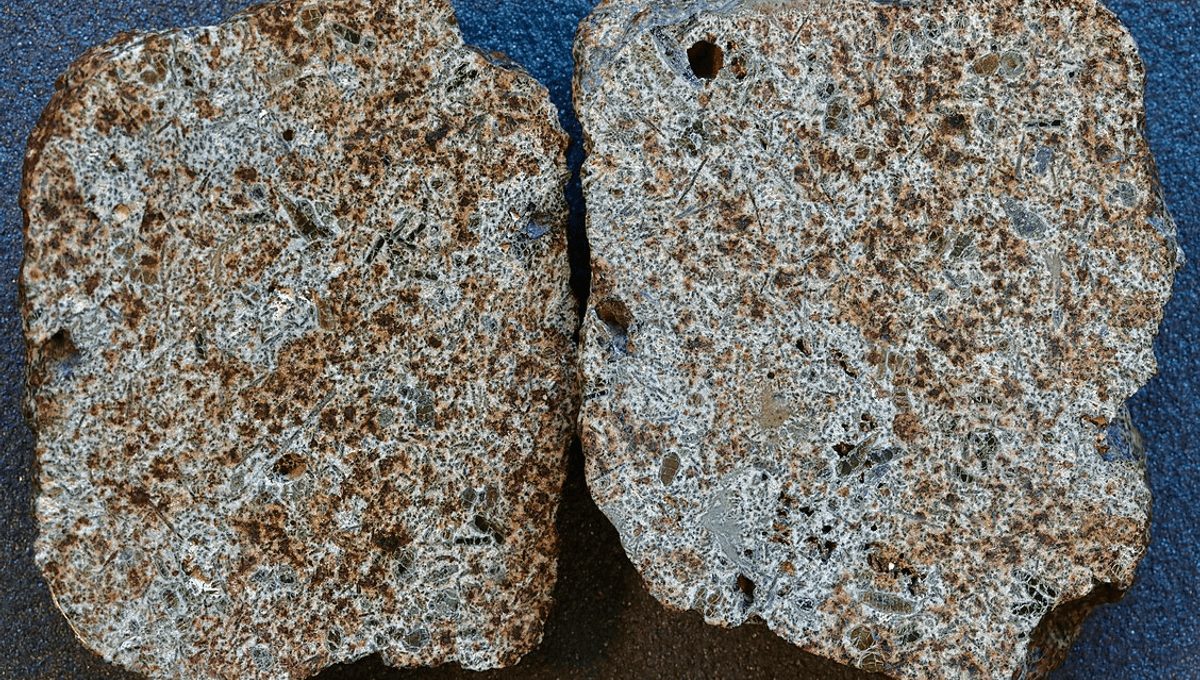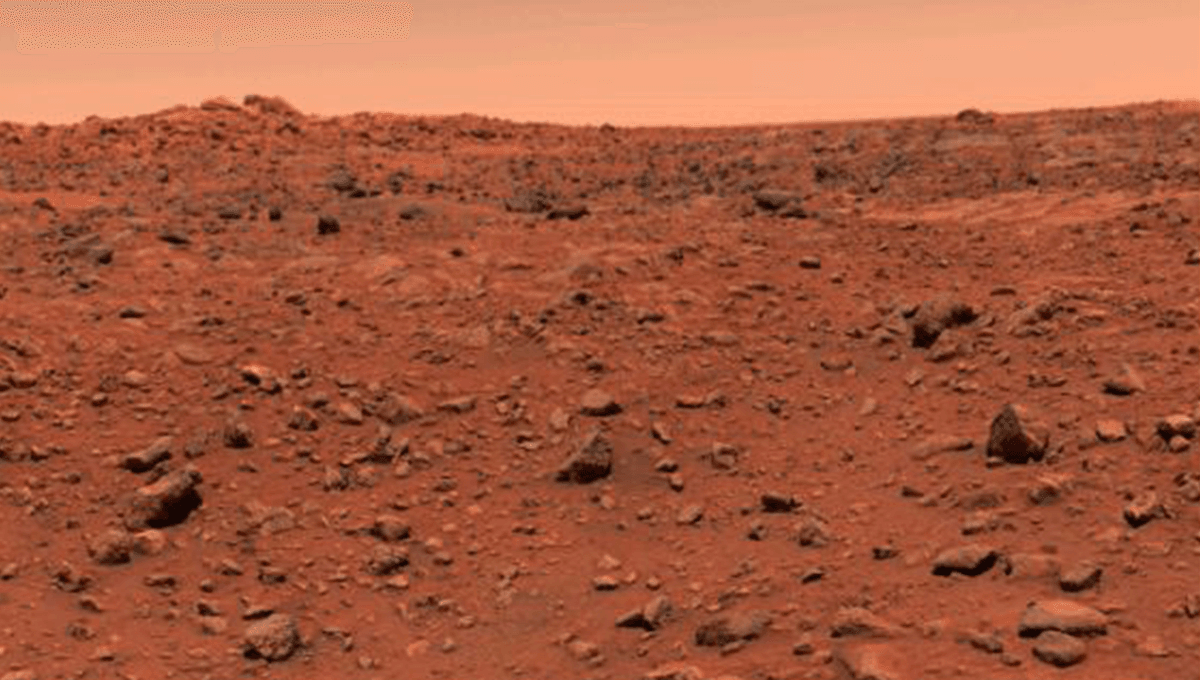Imagine a time when the Sun wasn’t as bright as it is today, but that didn’t mean the planets forming around it were cool. In fact, they were incredibly hot, thanks to the abundance of radioactive isotopes, particularly aluminum-26. This isotope played a crucial role in the formation of our planet’s plate tectonics, shaping the Earth as we know it today.
Unlike today, where uranium and thorium are the primary heat sources for the Earth’s core, aluminum-26 took center stage four and a half billion years ago. With a short half-life of 705,000 years, aluminum-26 released intense heat as it decayed into magnesium-26. This heat had a significant impact on the early stages of planetary formation.
Scientists believe that the protoplanetary disk from which our Solar System formed was enriched with aluminum-26 from nearby exploding stars. However, the distribution of this isotope within the disk has been a subject of debate among astronomers. To settle this debate, precise dating of meteorites is crucial.
Fortunately, researchers have discovered Erg Chech 002, a volcanic meteorite found in the Sahara desert. This meteorite’s volcanic origins indicate that it came from a geologically active object. By measuring its age with remarkable precision, scientists have gained valuable insights into the early solar system.
Erg Chech 002 is unique in its composition, rich in lead and uranium. This is no coincidence, as uranium undergoes radioactive decay to eventually become stable lead isotopes. By comparing the quantities and ratios of different uranium isotopes, geologists can determine the age of a rock. Erg Chech 002 provided an age estimate of 4,565,560,000 years with an error margin of just 120,000 years.
Comparing the age of Erg Chech 002 with previous estimates of aluminum-26 concentration, researchers concluded that its parent body had three to four times more aluminum-26 than other meteorites. This suggests that the early solar system was not as well-mixed as previously thought, with significant variations in aluminum-26 distribution.
This discovery challenges existing models of planetary formation and could explain certain anomalies. Pieces of Erg Chech 002 were even available for sale on eBay at low prices, but now that its scientific value has been demonstrated, their worth may skyrocket.
This groundbreaking study has been published in Nature Communications.








